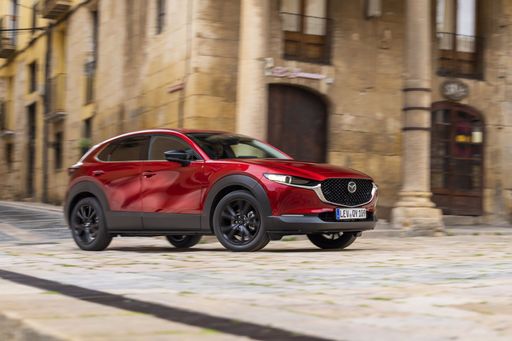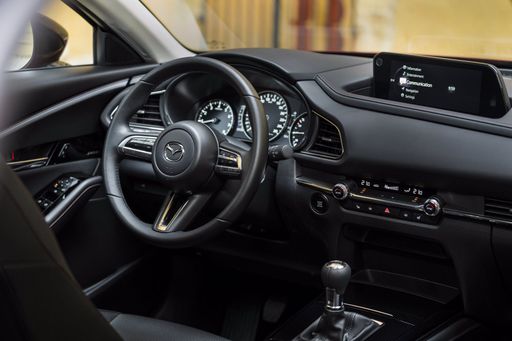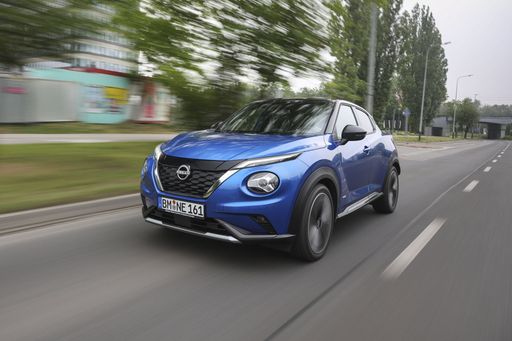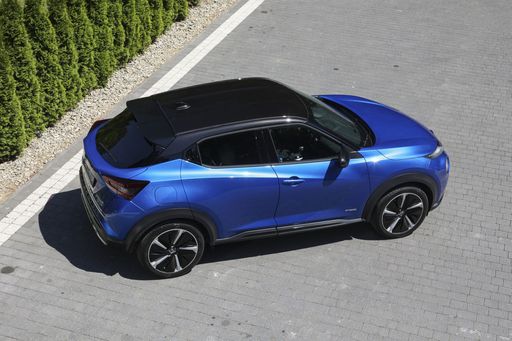Mazda CX-30 vs. Nissan Juke: Clash of the Compact SUVs
In the highly competitive world of compact SUVs, two vehicles have managed to stand out for their unique blend of performance, comfort, and design innovation: the Mazda CX-30 and the Nissan Juke. Both are fresh contenders in the 2024 lineup, bringing something distinct to the table for SUV enthusiasts. In this article, we'll delve into their technical specifics and compare their key innovations to see how they stack up against each other.








